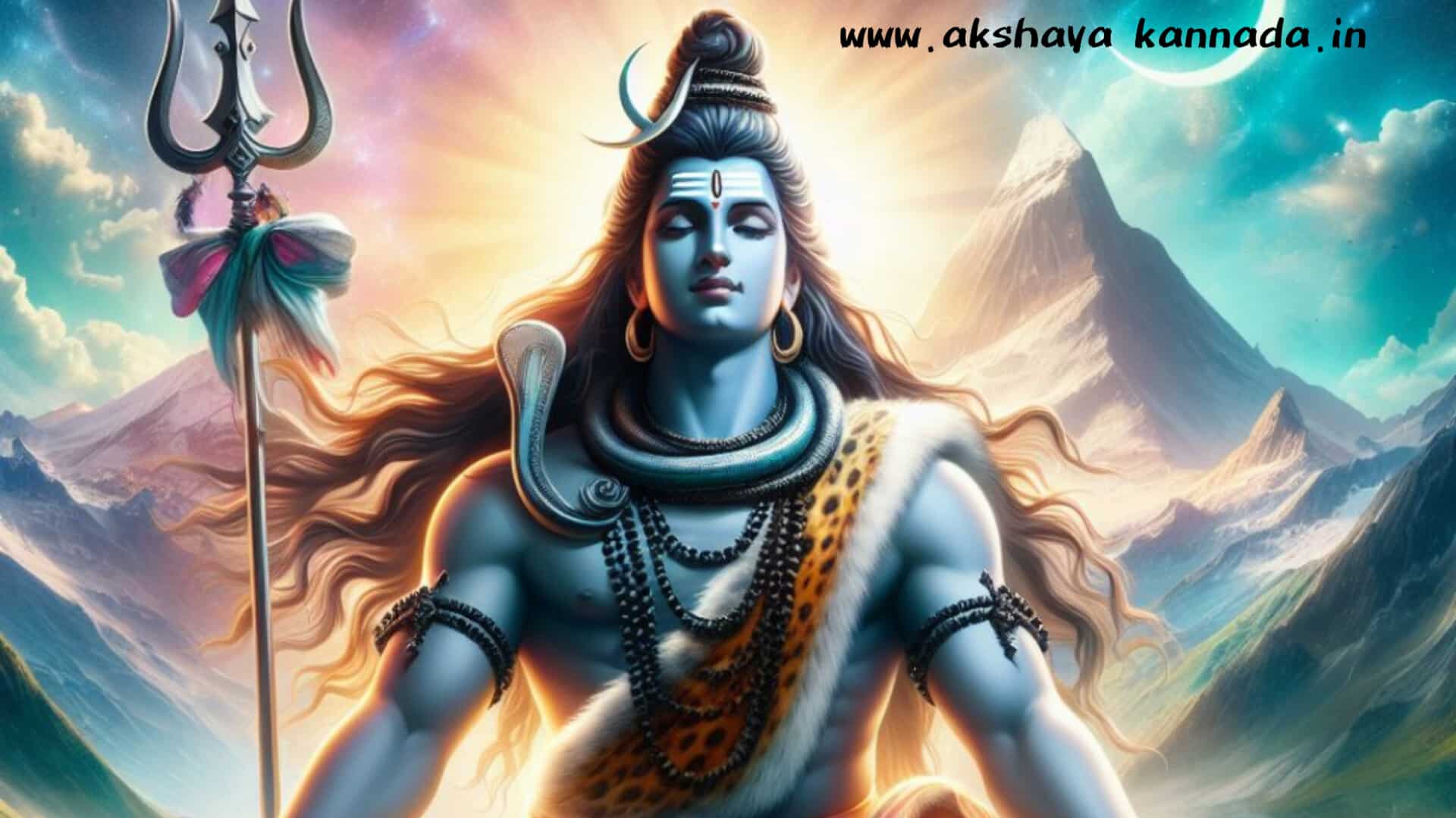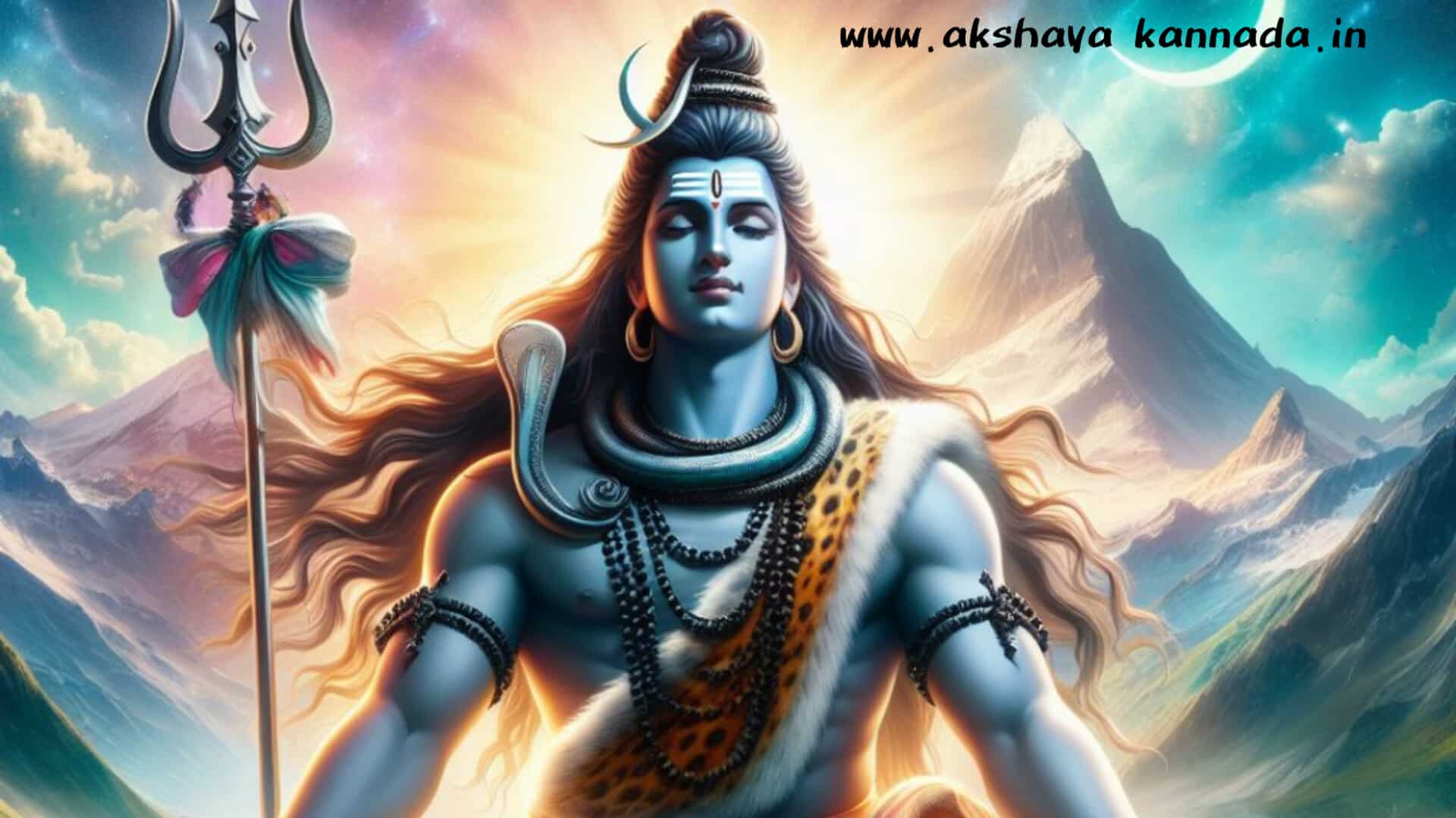Om Nama Shivaya in this blog post we will share little information about What is the Differences Between Lord Shiva and Lord Shankar.
In the vast tapestry of Hindu mythology, the deities Lord Shiva and Lord Shankara hold prominent places. While often used interchangeably, there are nuanced differences between these two manifestations that are essential for devotees and enthusiasts to understand. This blog post delves into these differences, providing clarity on the distinct roles and attributes of Lord Shiva and Lord Shankara.

Understanding Lord Shiva
Lord Shiva, one of the principal deities of Hinduism, is part of the holy trinity (Trimurti) that includes Brahma, the creator, and Vishnu, the preserver. Shiva is known as the destroyer or transformer, symbolizing the cycle of creation, preservation, and destruction. His role is crucial in maintaining the balance of the universe.
Shiva is often depicted in meditation, a serene figure with ash smeared over his body, a crescent moon adorning his matted hair, and the Ganga flowing from his locks. He holds a trident (Trishula) and a damaru (drum), representing the cosmic functions of creation and destruction. His third eye signifies wisdom and insight, capable of seeing beyond the ordinary.
Understanding Lord Shankara
Lord Shankara is another name often associated with Shiva but carries a slightly different connotation. The term “Shankara” means “the one who brings auspiciousness” in Sanskrit. While Lord Shiva embodies the raw, primordial force of destruction and regeneration, Lord Shankara is often seen as a more benevolent and approachable aspect of Shiva.
Shankara is typically revered for his role as a teacher and a healer. This aspect of Shiva is more focused on the benevolent and nurturing qualities, emphasizing the auspicious and compassionate nature. The name Shankara is also closely associated with Adi Shankaracharya, a revered philosopher and theologian who consolidated the doctrine of Advaita Vedanta, emphasizing non-duality and the oneness of the individual soul (Atman) with the supreme soul (Brahman).
Key Differences Between Lord Shiva and Lord Shankara
Nature and Attributes:
Lord Shiva: Known as the destroyer, Shiva is associated with the cosmic cycles of creation, destruction, and regeneration. His attributes are often fearsome, reflecting his role in dissolving the universe to pave the way for new creation.
Lord Shankara: Represents the auspicious, benevolent side of Shiva. Shankara is more accessible and is seen as a provider of blessings, peace, and prosperity.
Depiction and Iconography:
Lord Shiva: Commonly depicted in a meditative state or performing the Tandava, the cosmic dance of destruction. He is adorned with serpents, skulls, and the third eye on his forehead.
Lord Shankara: Often shown in a more serene and compassionate form, sometimes with symbols of teaching and healing, emphasizing his nurturing aspect.
Role in Hindu Philosophy:
Lord Shiva: Embodies the power of destruction which is essential for transformation and renewal in the cosmos. His role is central in the concept of the cyclic nature of time in Hindu philosophy.
Lord Shankara: While Shiva’s role is more cosmic, Shankara’s role leans towards human aspects, promoting righteousness, peace, and the dissemination of knowledge.
Worship and Festivals:
Lord Shiva: Worshipped extensively during festivals like Maha Shivaratri, where devotees perform rigorous fasting and night-long vigils to honor his power and presence.
Lord Shankara: Worship can be more personal and daily, focusing on seeking blessings for auspiciousness and well-being.
The Interconnection
Despite these differences, it’s crucial to understand that Lord Shiva and Lord Shankara are not separate deities but different facets of the same divine entity. Shiva in his entirety encompasses both the fierce, destructive energy and the kind, nurturing aspect represented by Shankara. This duality is a cornerstone of Hindu philosophy, reflecting the belief that creation and destruction are intertwined processes, essential for the balance of the universe.
Conclusion
The differences between Lord Shiva and Lord Shankara highlight the multifaceted nature of Hindu deities. Shiva’s fearsome and destructive powers contrast with Shankara’s benevolent and auspicious qualities, offering devotees a complete spectrum of divine attributes to connect with. Understanding these differences enriches one’s spiritual journey, providing deeper insight into the complexity and richness of Hindu mythology.
As devotees chant the names of Lord Shiva and Lord Shankara, they are invoking the complete essence of the divine – a powerful force capable of creation and destruction, and a compassionate guide who brings peace and auspiciousness. This holistic approach ensures that worship is balanced, acknowledging all aspects of the divine presence in the universe.
